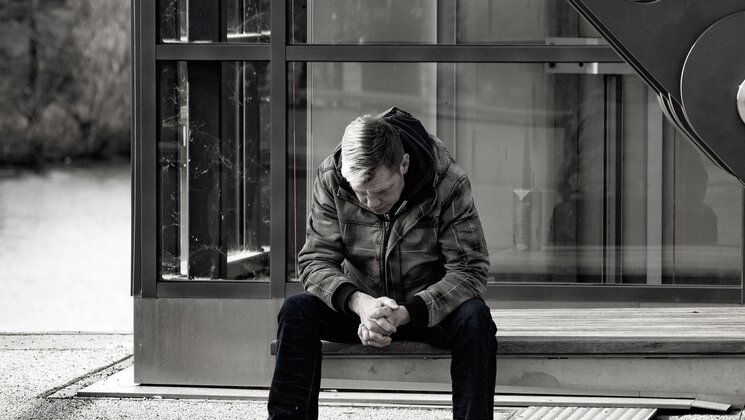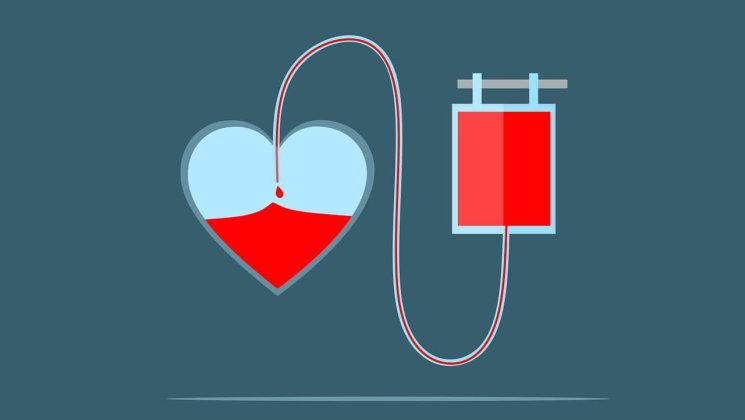Watch recording: urban space conference: Where the Sidewalk Ends
On 18 October, the University of Tartu Library hosted the urban space conference "Where the Sidewalk Ends". The conference discussed what the city means to us and how to make sense of the urban experience of the species living in the city. The event was organised by the Centre for Sustainable Development.
The city is a pool of people and ideas, public and hidden habitats, benefits, and obstacles of urban life. It is divided into neighbourhoods that embrace a specific sense of belonging. Some of these are connected and woven together, and some stand in isolation. This happens both by building physical borders and drawing personal boundaries. However, at the borderlines between regularity and disorder, between animal and plant neighbours, between those who live on dry land and in water, playful connections occur. Such connections in the city are an inspiration to play with urban life. We welcome you to seek out adventures that help you strive for a healthier and more diverse urban life and space. Let’s discuss the possibility of a new science –the science of an adventurous city.
The conference is open to professionals, students, activists and sympathisers – anyone who thinks it is good to talk about the city by crossing the boundaries of scientific disciplines. The working languages are Estonian and English; simultaneous interpretation from Estonian into English is available. There are sessions of oral presentations and a poster session at lunchtime.
The keynote speaker of the conference is Rusty Keeler, an advocate of playful urban space and dangerous play from the United States.
Registering ended on 11 October.
Watch the recording from UTTV.
Programme
10:00–10:30 Welcome coffee
10:30–10:40 Opening words by Hans Orru, Head of the UT Centre for Sustainable Development
Children are everywhere — but where do they play? Play is essential for children's healthy growth and development, but in many parts of the world children's freedom and autonomy have been limited compared to past generations. But together we can make a difference! Join internationally renowned designer and author Rusty Keeler on a journey of ideas looking at ways to support childhood in the city by connecting children to nature, loose materials, and risky play.
11:30–12:30 Playfully about the street
Public playgrounds tend to be boring and predictable, similar from city to city and from country to country. They do not offer the opportunity to take risks, challenge oneself, or learn something new. Paradoxically, we have pushed the most creative part of society – children – into rigid frames, not letting them invent for themselves but building them ships and creatures to ensure their play is predictable and safe for us adults. We create spaces for children, not thinking of them but relieving our own fears and anxieties. As years pass, we begin to talk about how today’s young people do not know how to be independent or cope with life. When, why, and how to move on? Or, instead, back?
We cannot imagine urban life without the street. It is an indispensable environment in our daily lives. Besides other people, vehicles or buildings, streets offer anticipated and unexpected encounters with urban nature, weather phenomena, sounds, smells and light. These, in turn, affect how we feel and our well-being. Our presentation will focus on how we perceive the street, how streets with different environmental conditions are distributed, and who has access to a good and healthy street space. This will help design streets where people like to be and where they are more likely to walk or cycle than sit in the shelter of a car, protected from air pollution, noise and heat.
Multifunctionality is the basis of a holistic urban space – a pleasant living environment must be ensured for both schoolchildren and bees. Water is an integral part of every urban street and is ideally a resource, not a problem. For water to be the basis of a holistic street space, we need to give it “room to play” but also establish the “rules of the game”. If the rules are nature-based, that is, respectful of water’s natural flow and role, it is possible to achieve a holistic street space. The presentation will discuss the best “rules of the game” according to research and best practices.
12:30–13:30 Lunch and poster presentations by PhD students
13:30–14:30 Biodiverse cities and engaged communities
Compared to city parks, private gardens are much less constrained by the default rules of the “proper form” of urban nature. One will find plenty of creativity here and less outsider praise or disapproval. A private garden could thus be a real haven for garden games. If only gardening work were not the predominant mode for people to spend time in the garden. Or should we say gardening play? Because home garden is where the grown-up’s desire to escape from the regulated space of working life and do something at their own discretion – even if it is not without rules – meets nature with its rhythms, elements and the initiative of species. In the presentation, we will explore, relying on a study of private gardens in Tartu, how the species found in urban gardens, including the garden owners, are reshaping the human-nature relationships and the perception of the “proper form” of the garden.
Successful nature restoration in urban settings is only possible when focusing also on inclusion and raising the awareness of citizens. People’s connection and contact with nature, however, is declining. To break the "vicious cycle of biophobia", we need to include both children and adults in the study and restoration of urban nature. In my talk, I will introduce the citizen science programmes of the urbanLIFEcircles project and the concept of “wild play” through the activities conducted over two years during the Marja play street event.
The focus of the European project Go Green Routes is to highlight the relationship between man and nature. For several years, we have researched which nature-based solutions are suitable for urban spaces and also acceptable to people. In the presentation, I will talk about the tactics, bottlenecks and lessons of this co-creation journey. Our example area is Vormsi park in Lasnamäe district.
14:35–15:30 Panel discussion “New standards of urban life” (in English): Rusty Keeler, an advocate of playful urban space, landscape architect Karin Bachmann, outdoor enthusiast Leene Korp
15:30–16:00 Closing remarks and farewell coffee


